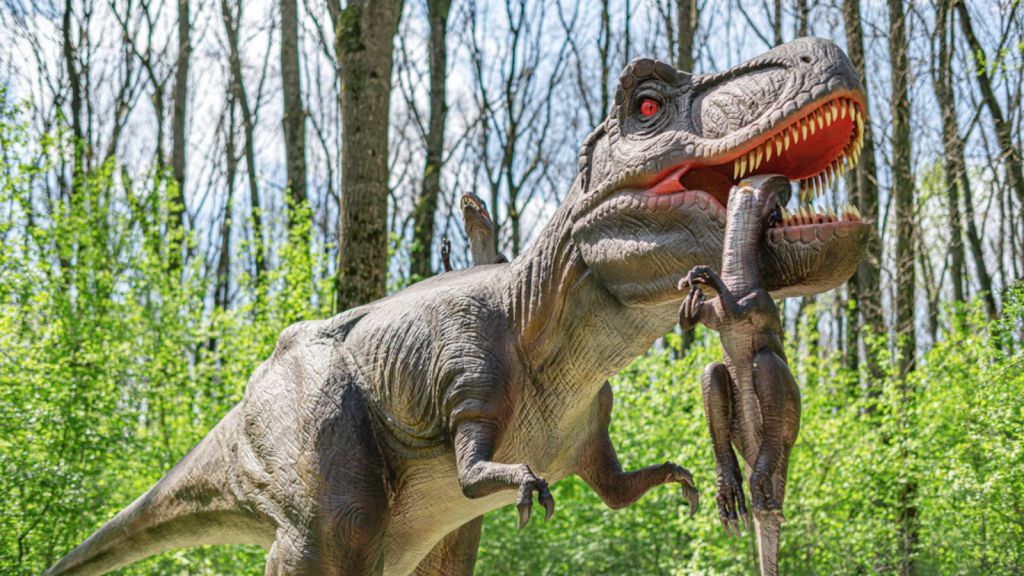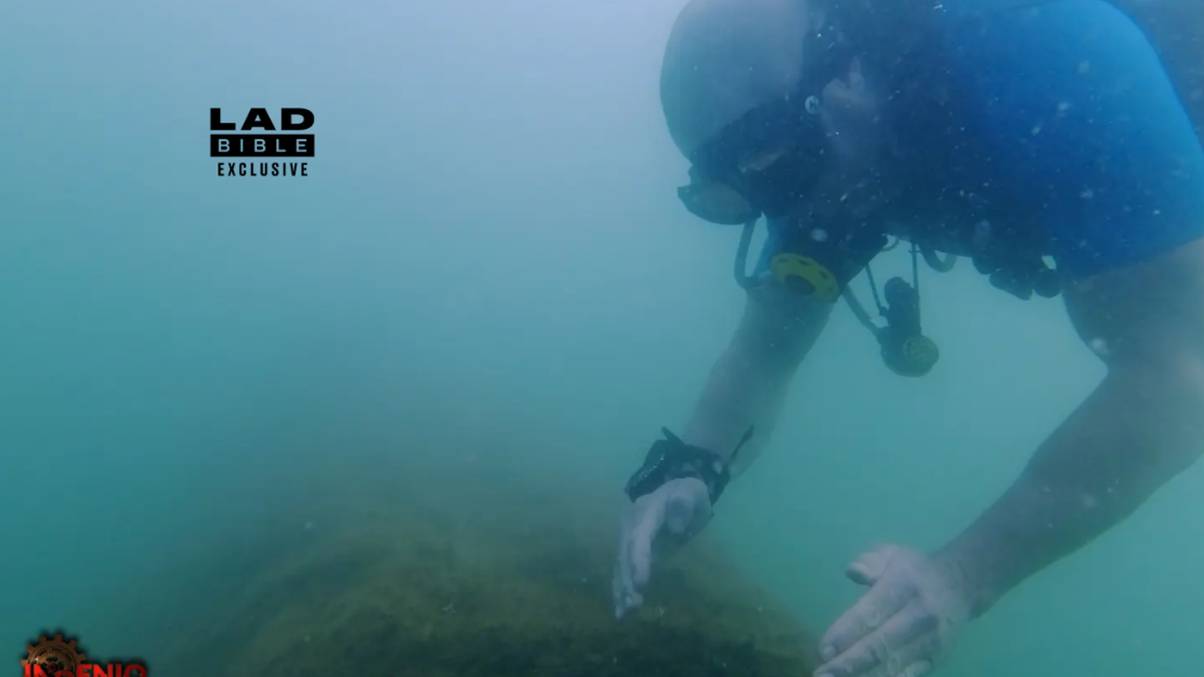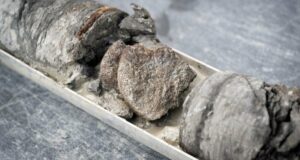“Unlocking the Secrets of Our Ancestors: 15 Surprising Revelations from the Prehistoric Era”
The diversity of prehistoric felines highlights the variety of ecological niches they occupied. These apex predators played crucial roles in maintaining the balance of prehistoric ecosystems, shaping the evolution of their prey, and contributing to the complex web of life.
8. The First Flowers

The beautiful flowers that we know and adore today, with their delicate petals and splendid colors, have only been blooming for 140 million years. Before the dinosaurs’ reign ended, flowering plants, or angiosperms, emerged during the Cretaceous Period. These plants quickly diversified, eventually becoming the dominant form of plant life on Earth.
The evolution of flowering plants revolutionized the planet’s ecosystems, providing new sources of food and habitat for animals. The vibrant colors and sweet scents of flowers also attracted pollinators like bees and butterflies, leading to a coevolutionary relationship that continues to shape our world today.
9. Giant Fliers

The Quetzalcoatlus, a pterosaur with a wingspan of up to 36 feet, soared through the skies during the Late Cretaceous Period. This majestic creature, named after the Aztec feathered serpent god, was the largest flying animal ever known.
The Quetzalcoatlus’ immense size and unique anatomy have fascinated scientists for decades. Its long neck and beak suggest it was a scavenger, feeding on carcasses of dinosaurs and other animals. Its wingspan, equivalent to that of a small airplane, allowed it to soar effortlessly over vast distances.












